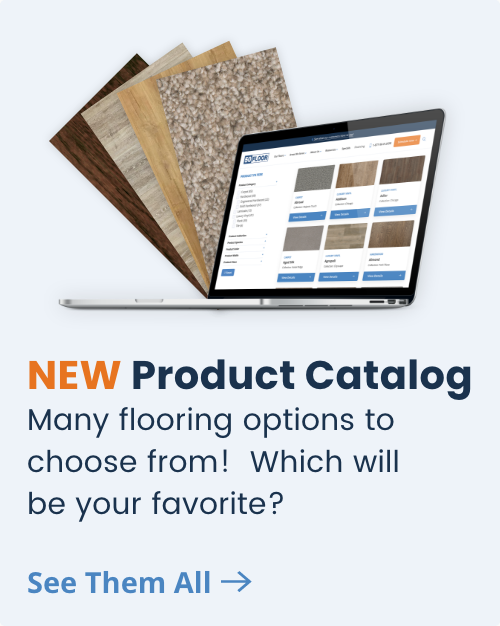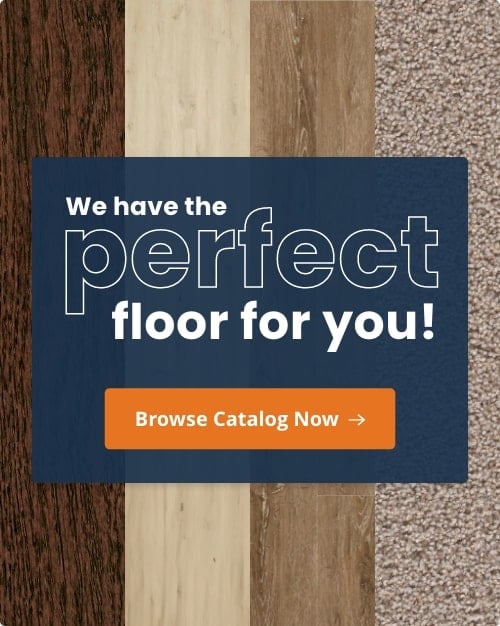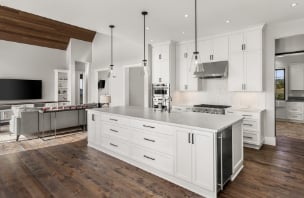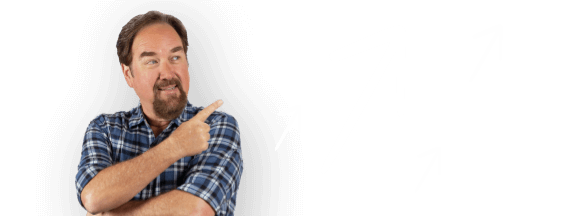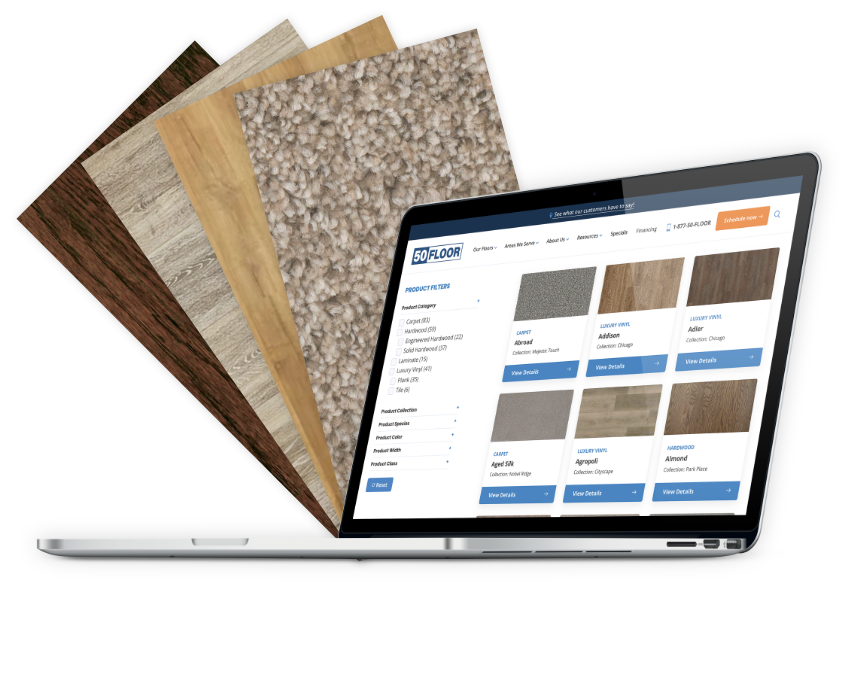With so many flooring choices, it’s hard to choose one that will best fit your home. Laminate flooring is gaining popularity among homeowners. Laminate floors have many options to choose from, one of which is textured and smooth.
This page will provide you with anything you need to know about textured and smooth laminate flooring, and help you choose the right one for your space.


What is Laminate Flooring?
Laminate flooring is a multilayer synthetic alternative to natural wood floors. They can also mimic the look of stone and tiles. Laminate flooring’s multilayer composition makes it resistant to stains and fading.
It’s versatile design and durable material make it a popular choice for both home and business.
What is Textured Laminate?
Textured laminate looks just like solid wood and comes in a variety of designs. If you run a busy home, this style of laminate tends to work best as it shows less sign of daily wear and tear than some of the other finishes.
Why Choose Textured Laminate?
Textured laminate can hide scratches and imperfections more effectively than its smooth counterpart— ideal for high traffic areas or homes with pets and children. Additionally, textured laminate offers better slip resistance.




What is Smooth Laminate?
Smooth laminate mimics the look of polished hardwood or stone. It has a flat surface that does not have any texture, giving it a clean and contemporary look.
Smooth laminate is coated with a wear-resistant layer that helps protect against scratches, stains, and fading, making it a durable choice for busy households and commercial spaces.
Why Choose Smooth Laminate?
If you’re looking for something sleek and modern, smooth laminate is the best choice. It’s also easy to clean, but we recommend adding them in areas of your house that are less busy/foot traffic.
GET INSPIRED
Flooring to MATCH YOUR STYLE
Comparing Textures vs. Smooth Laminate
Durability
Laminate floors might look pretty, but you also need to figure out how durable each finish is. This table can help.
| Feature | Textured Laminate | Smooth Laminate |
|---|---|---|
| Suitability for High-Traffic Areas | Excels in high traffic areas due to its durability and ability to conceal scratches and imperfections, maintaining appearance over time. | Shows wear and tear more easily, making it less ideal for high traffic areas. |
| Aesthetic | Offers a more rugged look that mimics natural materials like hardwood, which helps hide wear and damage. | Provides a sleek, clean aesthetic but can highlight imperfections such as scratches and dents. |
| Resistance to Stains and Fading | Highly resistant to stains and fading, making it suitable for spaces that receive a lot of exposure to sunlight or spill risks. | Equally resistant to stains and fading, ensuring the floor remains vibrant and clean-looking. |
Installation
| Feature | Textured Laminate | Smooth Laminate |
|---|---|---|
| Installation Process | Click-and-lock system | Click-and-lock system |
| Underlayment Requirement | Requires underlayment to create a smooth base and reduce noise, enhancing the comfort and tranquility of the space. | Also requires underlayment for noise reduction and to ensure a level installation surface. |
Cost
| Cost Factor | Textured Laminate | Smooth Laminate |
|---|---|---|
| Initial Cost | Typically more expensive due to the intricate manufacturing process needed to achieve its detailed and natural appearance. | Generally less expensive, making it a more budget-friendly option initially. |
| Price Variation by Brand and Quality | Price varies widely depending on the brand and quality of the material, similar to smooth laminate. | Also exhibits significant price variation based on brand and material quality. |
| Cost vs. Durability | Higher costs often reflect better durability and longevity, which can translate into long-term savings. | Higher-priced options tend to offer better durability and longer lifespan, similar to textured laminate. |
Maintenance and Care
Textured laminate floors require more maintenance than smooth laminate.
